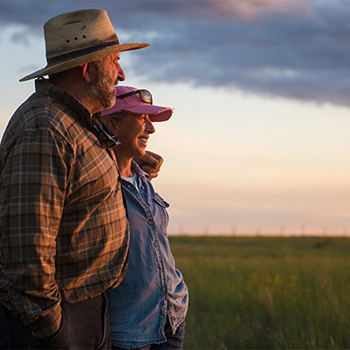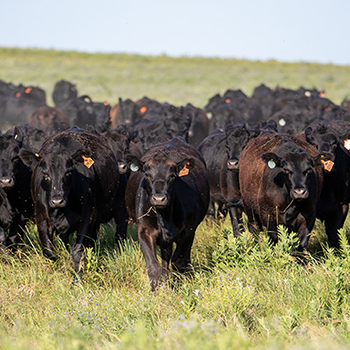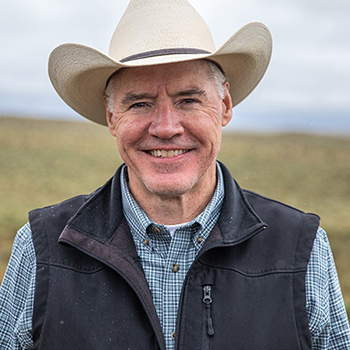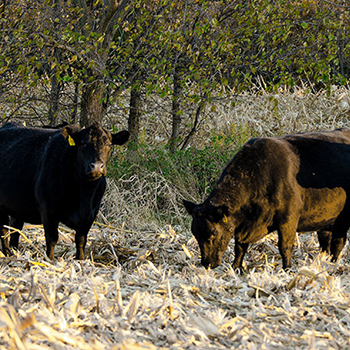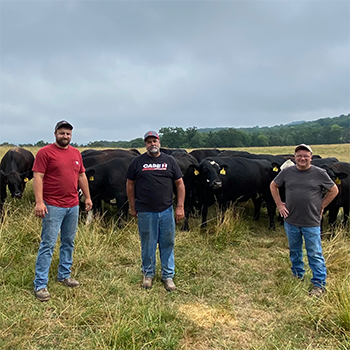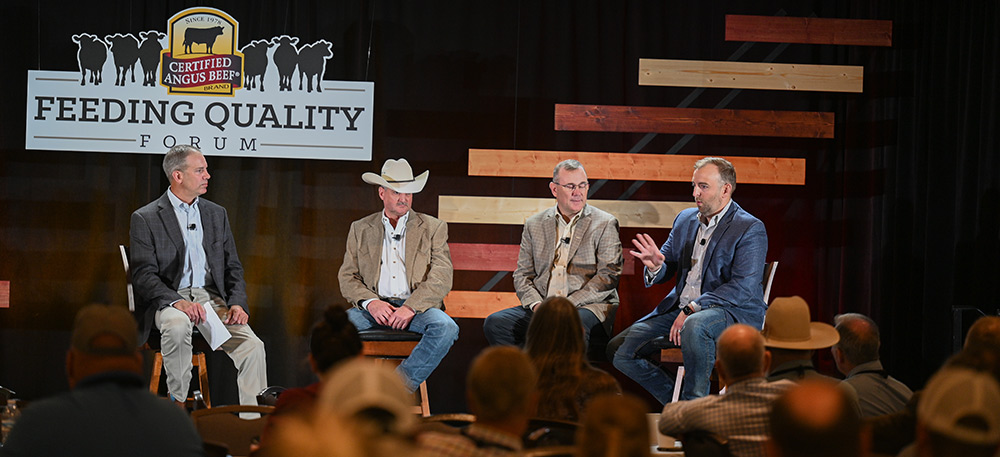
Feeding Quality Forum: Winning With Feeder Calf Marketing
Tips for earning a premium on feeder calves.
Raising the best beef requires providing the best management and care along with the best genetics possible. Producers across the country are going above and beyond, but are they getting paid for their extra time and effort?
In the feeder-calf sector, customer demands signal new opportunities for producers to market their calves and even earn a premium for doing so. During the 2022 Certified Angus Beef (CAB) Feeding Quality Forum in Kansas City, Mo., Aug. 24, a panel of industry experts shared insights about the most effective strategies for producers to use. Paul Dykstra, director of supply management and analysis for CAB, moderated panel members Troy Marshall, American Angus Association; Don Graham, Crossroads Cattle Co.; and Greg Foote, Foote Cattle Co.
Perspectives and areas of expertise ranged among the panelists, but all agreed, good genetics are the right place to start.
“I don’t care if you’re a 20-head cow operation or if you are a 2,000-cow operation, we have got to start with genetics,” Graham said. “For instance, with all-natural or non-hormone-treated cattle, the cost of gain to finish the cattle and differences in performance have to come from genetics.”
For producers who don’t think their calves are selling well, Foote suggested upgrading genetics by purchasing outside females.
“Whenever you replace your heifers, build it back with a better one,” said Foote. “Make your herd better, buy good bulls, always strive to do better. … It’s a good investment for you long-term.”
Graham said quality genetics and bulls are available for producers to use. Through the AngusLinkSM program, the Genetic Merit Scorecard® (GMS) can help producers differentiate the genetics in which they choose to invest.

During the 2022 Certified Angus Beef (CAB) Feeding Quality Forum in Kansas City, Mo., Aug. 24, a panel of experts shared insights about the most effective strategies for producers to use. |
“The scorecard enables us, for the first time, to have an objective, reliable way of describing the genetic merit of a pen of feeder cattle,” Marshall agreed. “We give them three scores for feedlot, beef and grid, which they can use to then manage the cattle and assess value.”
Through the scorecard and process-verified programs, buyers obtain more information on the cattle, helping them make more-confident decisions. As Graham shared, the more ammunition they put in the gun, the higher price he can get for his customers’ cattle.
Information and data come from the management side of the operation. Whether herd sire records, when and how vaccinations were administered, or previous feeding data, information can help producers market their cattle. From Graham’s perspective, proper management — and planning the right steps to achieve it — are instrumental in marketing calves.
In Foote’s position, he values producers consistently improving the cattle while following proper weaning and vaccination protocols.
He recommends modified-live virus vaccines. “Make sure we’re weaning for a long time. Make sure you’re weaning them out with some cool-season grass or hay, feeding them and making sure we are stretching their old gut out,” Foote said. “That way, by the time they come in our hands at the cattle operation, they’re able to do something.”
Working backward by considering what the buyer is looking for could also be helpful for the cow-calf producer. Marshall reminded the audience that two years’ worth of decisions influence sale day. Developing trust, creating relationships and properly managing the health and nutrition of the calves all play a role in capturing a premium.
“I think a big part of marketing is having a program and strategy,” said Marshall. “Then you create the right cattle, with the right information, the right documentation, and then work on getting in front of the right people at the right time.”
Editor’s note: Whitney Whitaker is a communications specialist for the American Angus Association.
